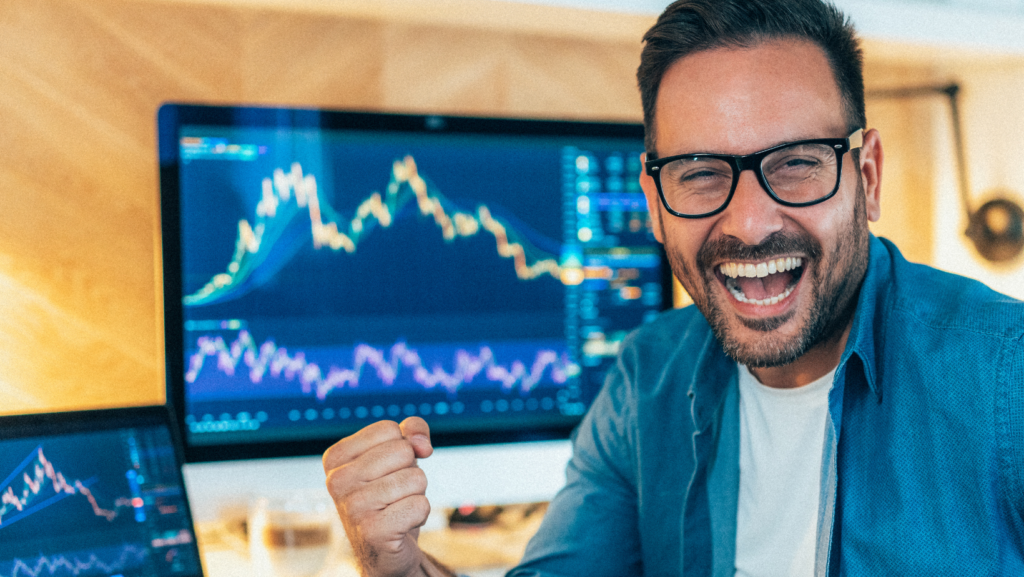Money has always played a key role in human history. It has taken many forms, from simple trade items to advanced digital assets. In the past, people used different objects as money. Today, new technologies like NFTs are changing how we think about value. This article explores ancient currencies and how they compare to modern NFTs. Both are unique in their ways, reflecting human creativity and evolution.
Ancient Currency: The Birth of Money
The concept of currency started long ago. Thousands of years ago, there was no paper money or coins. People used the barter system instead. They traded goods like food, animals, or tools. This system had its limits. It took a lot of work to find someone who wanted what you had and offered what you needed. So, people looked for a better way to trade.
The first known currency emerged around 3,000 BCE. The Sumerians used barley as a form of money. Barley was common, and everyone needed it to survive. It made trading easier and more reliable. Later, people used metals like gold and silver. These metals were rare, did not decay, and were easy to carry. Ancient civilizations like Egypt, Greece, and Rome started using coins. Each coin was marked with symbols of power or gods, showing their authority.
By 600 BCE, coins became common in trade. The Lydians, in modern-day Turkey, were the first to mint coins. Coins spread quickly across the ancient world. They were easy to use, and their value was clear. Each coin was stamped with the ruler’s image, proving its authenticity. These ancient currencies laid the groundwork for the money we use today.
The Rise of Paper Money
Coins worked well for many years, but they were heavy. As trade grew, people needed something lighter. Around the 7th century, China introduced paper money. This was a major change. Paper money was easy to carry and produced in large amounts. By the 13th century, paper money reached Europe. It changed how people viewed trade and wealth. Governments began to control the printing of money, creating the early forms of central banks.

The concept of value was still the same. Whether in gold, silver, or paper, people agreed on what was worth. These early currencies were linked to something physical. You could touch them, hold them, and know they existed.
NFTs: The New Age of Digital Assets
In contrast to ancient currency, NFTs are completely digital. NFT stands for “Non-Fungible Token.” Unlike coins or paper money, NFTs do not exist in the physical world. They are unique digital assets stored on a blockchain, a secure digital ledger that records transactions. Each NFT is one-of-a-kind and cannot be replaced or copied.
NFTs have become popular in recent years. They represent digital ownership of art, music, games, and other online items. For example, a digital artwork sold as an NFT cannot be duplicated with the same value. The original NFT holds value because it is the authentic, unique version. Like ancient coins, NFTs often carry symbols or images. Instead of a king’s face or an ancient god, they might show digital art or rare collectibles.
Comparing Ancient Currencies to NFTs
Both ancient currencies and NFTs share a common trait: they are trusted forms of value. In ancient times, people trusted that a gold coin had worth, even though it was rare and hard to get. With NFTs, the blockchain creates trust. It proves ownership and authenticity. While gold coins were valued for their beauty and rarity, NFTs are valued for their uniqueness and proof of ownership.
Ancient currencies were tied to physical items. You could feel a coin or a gold nugget in your hand. NFTs are purely digital. You can’t touch them, but their value is very real. Both systems rely on a shared agreement. In ancient times, a coin’s worth was based on a society’s agreement. With NFTs, value is based on digital communities and collectors.
Ancient currency evolved. From barter to coins, from coins to paper money, each step changed the way people viewed trade. In the same way, NFTs are pushing the boundaries of how we see value. They represent a new step in the digital age of money.
Why NFTs Are Unique
NFTs have some features that make them special. They are secure, transparent, and unique. Each NFT has a digital signature. This signature shows its history, proving who owned it and when. This feature is similar to ancient coins stamped with a ruler’s face. It showed who created the coin and confirmed its authenticity.

NFTs also allow for digital ownership like never before. A person can own a digital item, and it is theirs alone. No one can duplicate it or take it without permission. This is a new kind of scarcity, similar to ancient times when rare metals and coins held great value. People now pay large sums for unique digital art and collectibles. If you want to play games with the crypto asset of NFT, follow the Woo Casino Guide for Canadian Players.
The Future of Currency: From Coins to Code
As technology changes, so does money. Ancient currencies were a product of their time. Coins and paper made sense in a world that traded goods and valued physical wealth. In today’s digital age, NFTs make sense. They fit into a world that values information, data, and digital experiences. NFTs might not replace traditional currency, but they are shaping the future. They are creating new markets and ways to think about ownership. Like ancient currencies, they could become a stepping stone to the next big shift in how we understand money.
From ancient coins to NFTs, money has always been a reflection of human culture. Ancient currencies were tied to the physical world, and their value was clear to see. NFTs are digital, but their impact is just as real. They show how far we have come in understanding value. Both systems rely on trust and agreement, even if the forms look very different. As we move into the future, it is exciting to think about what the next form of currency might be. Will it be something we can hold, or will it be purely digital, like NFTs? Only time will tell, but history shows that humans are always looking for new ways to trade and define value.



